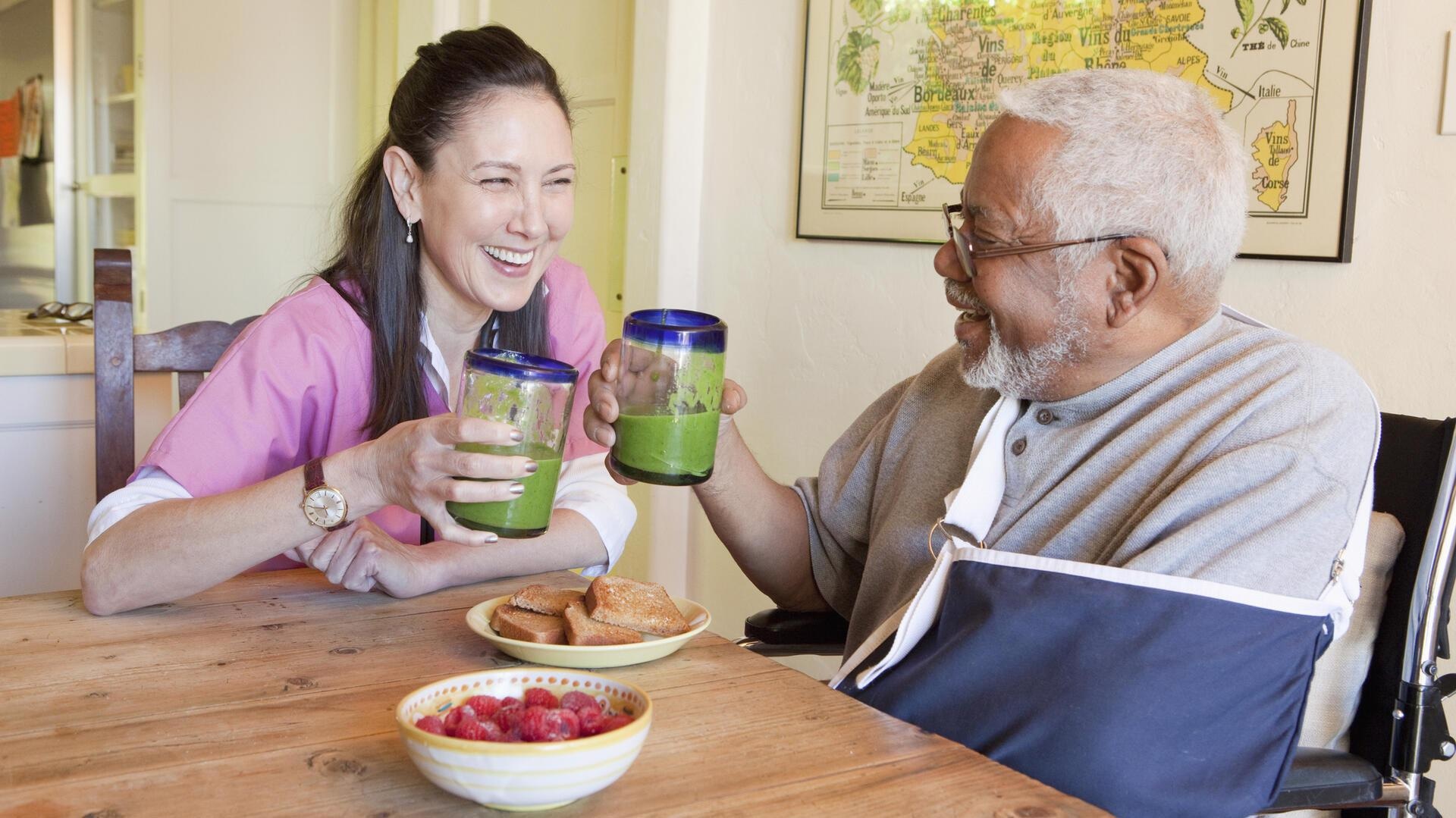New technology could help decrease malnutrition and enhance overall health in long-term care homes by automatically tracking and recording how much food residents consume.

Image Credit: University of Waterloo.
The smart system that was designed by scientists at the University of Waterloo, the Schlegel-UW Research Institute for Aging, and the University Health Network makes use of artificial intelligence software to examine photos of food plates once the residents have eaten.
The advanced software analyzes depth, color and other photo features, which could help evaluate how much of each kind of food has been eaten and measure its nutritional value.
Right now, there is no way to tell whether a resident ate only their protein or only their carbohydrates.
Kaylen Pfisterer, Scientific Associate, Health Network Centre for Global eHealth Innovation, University of Waterloo
The study was co-headed by Pfisterer, with her husband, Robert Amelard, while earning a Ph.D. in systems design engineering at Waterloo.
Our system is linked to recipes at the long-term care home and, using artificial intelligence, keeps track of how much of each food was eaten to make sure residents are meeting their specific nutrient requirements.
Kaylen Pfisterer, Scientific Associate, Health Network Center for Global eHealth Innovation, University of Waterloo
It is evaluated that over half of residents in long-term care homes are malnourished or at risk of malnutrition.
Currently, food intake is mainly tracked by staff who tend to manually record estimates of intake by looking at plates as soon as the residents have finished eating.
Amelard, a Waterloo alumnus and postdoctoral fellow at University Health Network stated that studies illustrate the subjectivity of that process leads to an error rate of 50% or more. In comparison, the automated system seems to be precise to within 5%, “providing fine-grained information on consumption patterns.”
Scientists collaborated with dietitians, personal support workers and other long-term care workers to build the system. This helps save time and enhances accuracy and could be installed in tablet computers that are already utilized by front-line staff to retain electronic records.
My vision would be to monitor and leverage any changes in food intake trends as yellow or red flags for the health status of residents more generally and for monitoring infection control.
Kaylen Pfisterer, Scientific Associate, Health Network Center for Global eHealth Innovation, University of Waterloo
The research team also had Heather Keller, a professor of kinesiology and health sciences, Alexander Wong, a systems design engineering professor, and students Audrey Chung, Braeden Syrnyk, and Alexander MacLean.
Journal Reference
Pfisterer, K. J., et al. (2022) Automated food intake tracking requires depth-refined semantic segmentation to rectify visual-volume discordance in long-term care homes. Scientific Reports. doi.org/10.1038/s41598-021-03972-8.